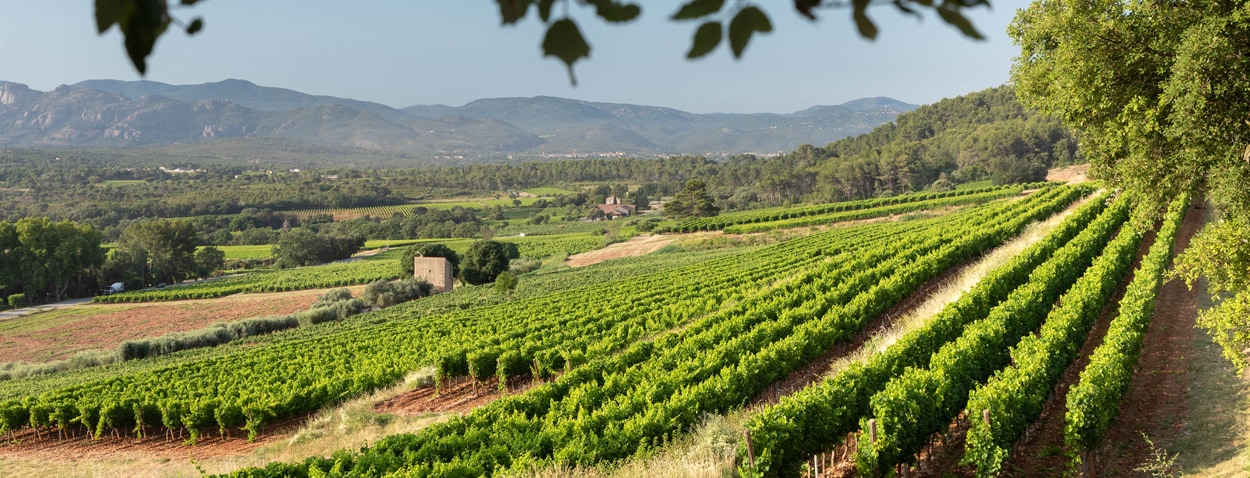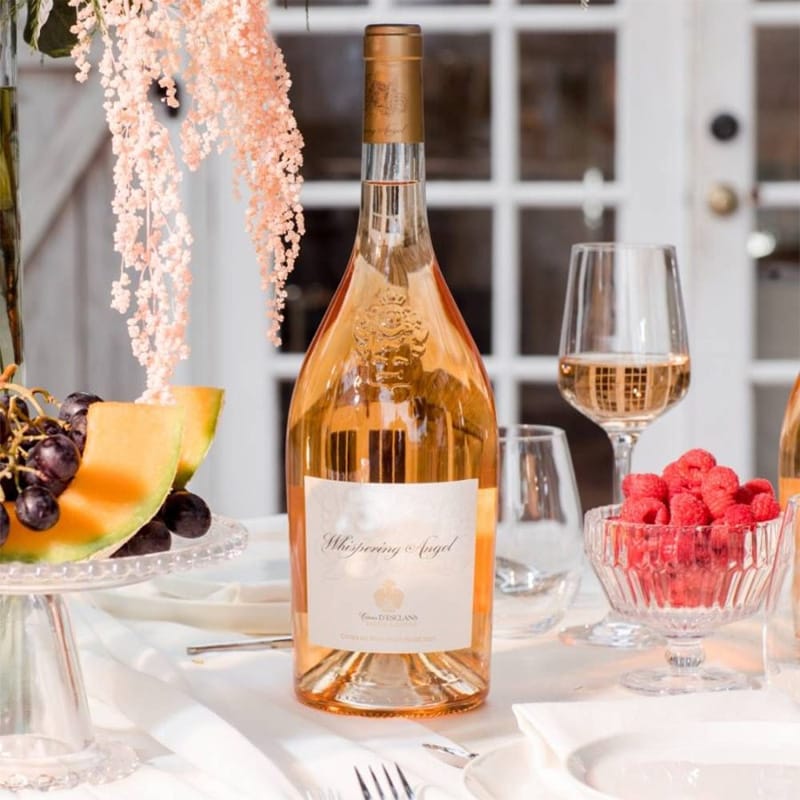Eat Drink Malaysia


Take Time to Smell the Rosés
By David Bowden
Wine appreciation is very much a sensory experience, arousing almost all our senses; this is possibly no more evident than with rosé wines. Rosé is available in the market as a still wine or sparkling, with sparkling rosé styles from Champagne being some of the most highly prized wines in the world. While red and white wines send out visual cues; nothing arouses the sense of sight like a light pink, rose-coloured rosé.
The distinctive pink to salmon colour occurs when the juice from red (black-skinned) grapes are allowed to briefly come into contact with the skin (the cheaper method, although forbidden in France, is to blend a little red with white wine).
While some may blush at the mere mention of rosé – pun intended – there are many serious pink wines on the market. As they are not aged in oak, many of these wines are made for early drinking and so are best consumed within two or three years. Rosé is perfect as an aperitif wine, as it looks most impressive in the glass. They are best served chilled at between 8-10°C.

Few rosés make it onto lists of the world’s best wines, but they do have their followers and deserve greater credit than they often garner. Rosé is an easy-drinking, fresh wine, and, as such, finds it a little difficult to join the ranks of a great wine style. The stylish packaging and bottles and the wines’ very pale salmon colour also play a big role in the success of the better-known rosé wines, such as Garrus from Chateau d’Esclans, Clos du Temple, and Whispering Angel.
In some countries, particularly the United States, rosé wines serve as an introduction to the world of wines for many. From the mid-1970s into the 1980s and 1990s in particular, rosé wines, especially varieties like White Zinfandel (a rosé made from the red Zinfandel grape), were often Americans’ first foray into wine.
Their approachable sweetness, light body, and affordability made them perfect for casual sipping. California’s Sutter Home winery unquestionably spearheaded the White Zinfandel craze of the era, becoming a household name with its bottles typically costing just $3 or $4, alongside other brands like Beringer and Franzia. (Indeed, the White Zinfandel varietal was the number one selling wine in the United States for 11 years running!)
These “cheap and cheerful” wines introduced a whole generation to wine culture in a relaxed, inexpensive, unpretentious way. As an unexpected side benefit, the runaway sales of ‘White Zin’ compelled growers to save countless acres of their older Zinfandel grape vines from being ripped out, and these days, those well-matured vines are turning out some genuinely superb Zinfandel wines.
Outside of the US, many consumers were introduced to the wide world of wines by squat bottles of Portuguese rosé. By the 1980s, both the red and sparkling white versions of Mateus rosé accounted for some 40% of all Portuguese wine sales. Over 3.25 million cases of Mateus per annum were sold then, and its competitor, Lancers, was producing similar quantities. Palates have changed, and these two styles have declined in global sales.
But although the mass-produced rosé wines of that era were regarded as unserious, budget wines (often on the sweet side), appealing to newbies and also to drinkers who perhaps couldn’t decide between red and white alternatives, the rosé category has grown considerably in stature as discerning drinkers discover many appealing global styles.
